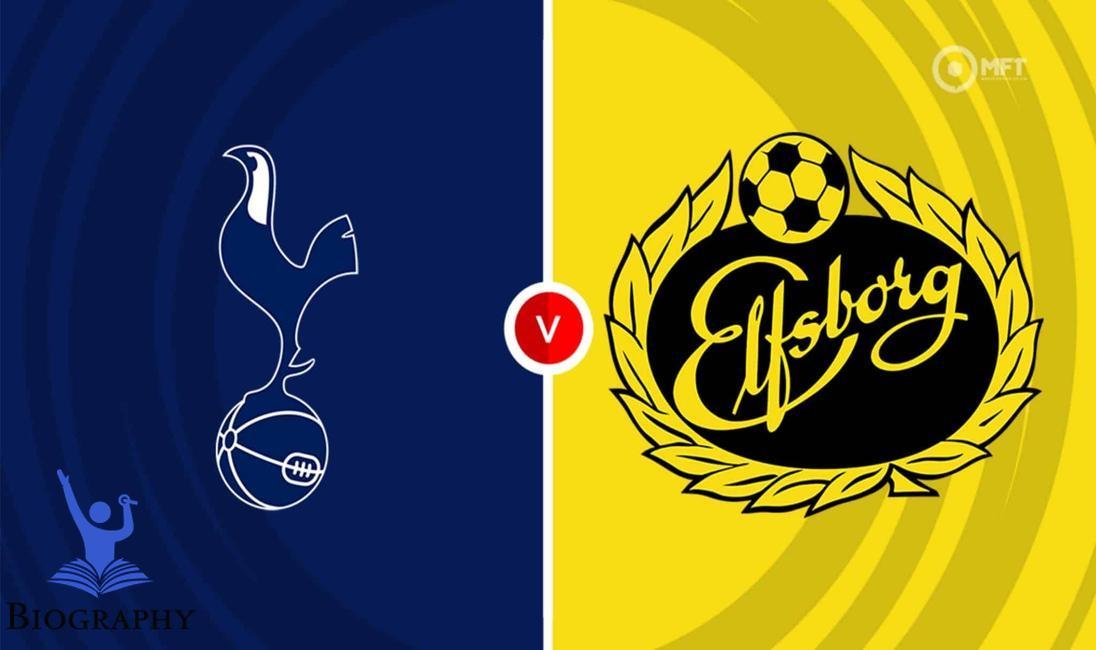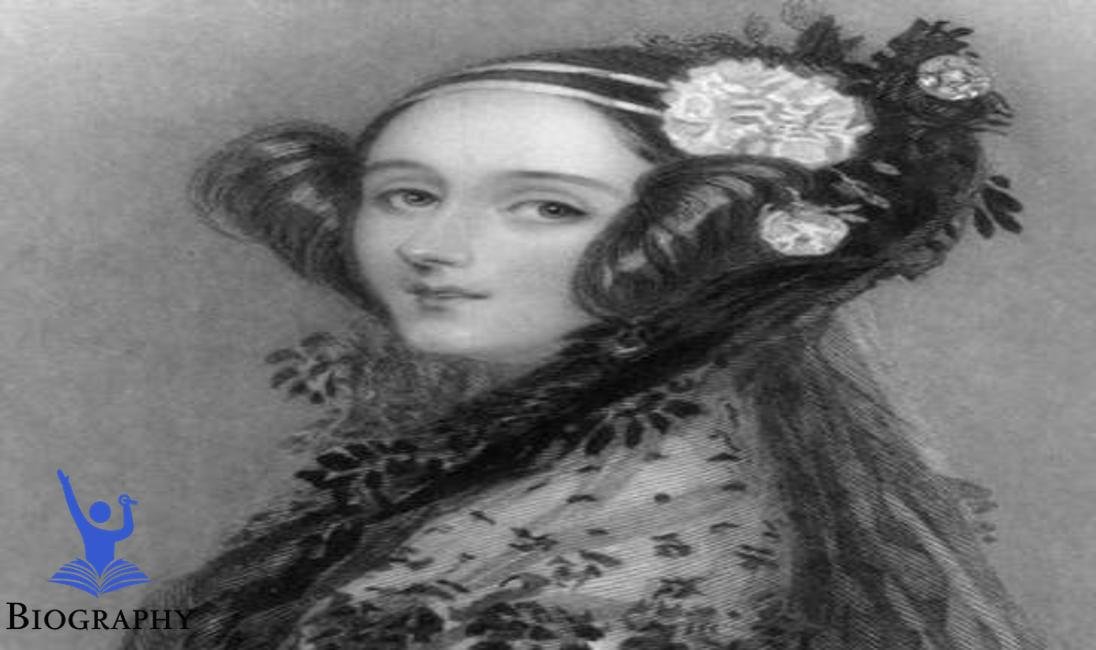Now Reading: Wolfgang Amadeus Mozart | Biography, Music, The Magic Flute,Facts & wiki
-
01
Wolfgang Amadeus Mozart | Biography, Music, The Magic Flute,Facts & wiki

Wolfgang Amadeus Mozart | Biography, Music, The Magic Flute,Facts & wiki
Wolfgang Amadeus Mozart: A Biography
Quick Facts About Wolfgang Amadeus Mozart
| Attribute | Details |
|---|---|
| Age | 35 years (deceased) |
| Weight | N/A |
| Height | N/A |
| Original Name | Johann Chrysostom Wolfgang Amadeus Mozart |
| Eye Color | Brown |
| Children’s Names | Karl Thomas, Franz Xaver |
| Birthdate | January 27, 1756 |
| Spouse | Constanze Weber |
| Home | Vienna |
| Hometown | Salzburg |
| Origin | Austria |
| Exes | None |
| Brand Ambassador Roles | None documented |
1. Early Life and Family
On January 27, 1756, Wolfgang Amadeus Mozart was born in Salzburg, Austria. He was the youngest of seven boys, but only he and his sister Maria Anna Walburga Ignatia (nicknamed “Nunnerl”) endured the beginning Their father, Leopold Mozart, was a gifted composer and music teacher who discovered that Wolfgang’s great power comes from the beginning. His mother Anna Maria, provided service support in his developing experience.
Having a childhood in a musical family, Wolfgang was exposed to a variety of genres. His father began teaching him music when he was three years old, and by the age of five, he was composing live music. This rough start set the stage for his brilliant career as a composer, earning him the title of Young Wonder of Traditional Music.
2. Early Career and Struggles
Mozart’s early career began with an extensive tour throughout Europe with his father and sister. They visited Munich, Vienna, Paris and many other urban cities, where the young Wolfgang demonstrated his abilities with unprecedented performances on console and violin as his immense power gathered attention, theatrical inspiration, . the hopeful and pessimistic moments in the public forum presented challenges
Despite the success, there were battles; The family faced financial difficulties and often felt distrusted by system architects who were wary of Mozart’s abilities. This uncertainty strengthened Wolfgang’s confidence in his ability to demonstrate his potential and pushed him to work harder on his summary.
3. Rise to Stardom
Mozart’s rise to fame began in Vienna, where he moved in 1781. The city was to be his home and the focus of his newfound success. The second spectacular was “The Snatching from the Seraglio,” which was a great breakthrough and marked a great defining moment in his career
In Vienna, Mozart became known for his plays and orchestras, ambience music and piano concerts. His ability to blend different styles and disciplines set him apart from his peers, and he soon became popular. His works showcased deep sounds close to home and graphic music that captivated crowds across Europe.
4. Success
Mozart enjoyed an extraordinary boom in the 1780s, producing parts of his most famous works, such as “The Marriage of Figaro,” “Were Giovanni,” and “The Enchanted Woodwind.” These shows are acclaimed for their rich cast and complex music
Moreover, his commitment to concert music was exceptional. Set No. 40 and other pieces and negatives. 41 (Jupiter) is seen as elements representing his thoughts and control. In all, Mozart composed more than 600 works, including orchestral, exhibition, concert, and ambience works, making him perhaps the most prolific composer of the tradition
5. Failure
Despite his great successes, Mozart faced problems and obstacles. His later years were torn apart by financial battles resulting from his extravagant lifestyle and sudden poor financial preparations. He relied heavily on support and was still struggling to maintain solid support.
Furthermore, many of his peers criticized his music for being too sophisticated or “incomprehensible”. His play, “The Enchanted Woodwind,” was initially fruitful, but met with mixed reviews from the beginning.
These struggles defined the pace of the music business and the pressures of creative and commercial success, something Mozart pursued throughout his life
6. Television Career
Although Mozart didn’t have a TV career because it didn’t exist in his day, today his music is featured in endless films, narratives and TV shows and his repertoire is often consumed serves to convey emotion and elevate the plot, showing its lasting impact on current media.
7. Humanitarian Work
During his lifetime, Mozart had no formal association with that idea as many individuals of the time do. Be that as it may, his music transcended boundaries and veered between different aspects of life and existence. Now, associations use his music to inspire young people, advance training in arts expression, and support music therapy programs. His legacy continues to influence worthwhile efforts that value the value of old music to improve lives.
8. Personal Life and Controversies
Mozart married Constanz Weber in 1782, and together they had six young children, but only two, Karl Thomas and Franz Xavers, survived to adulthood. His marriage was obviously healthy, but financial weakness and the pressures of his job were tearing it apart again
He chatted with sponsors and individual artists. Mozart had a tumultuous relationship with his father, who had unique values for him, which put pressure on his career decisions. Additionally, his gentle demeanor in some cases kept him away from nobility and exacerbated his struggles with money dependency.
9. Legacy / Awards
Mozart died on December 5, 1791, at the beginning of his 35th year, but his legacy is significant. His influence on older music is poorly understood, and endless arrangers cite him as an inspiration. Today, festivals, exhibitions and educational projects laud its works, assuring that it remains an integral part of the orchestra.
Although Mozart received no glory during his lifetime, his status has changed dramatically after his death. Installations and live events honor his commitments, and his works are explored and performed around the world, supporting his title as perhaps the greatest traditionalist in music history
Nevertheless, Wolfgang Amadeus Mozart is an example of a boy’s journey to miraculously overcome difficulties to create a lasting impression in a universe of busy life and music. His ability to create magnum opuses that touched the masses reflected his virtuoso as well as his humanity, making him a favorite figure in eighteenth-century music and then some. His legacy continues to inspire a new era of artists and writers, assuring that his place in the annals of music history will remain secure for a very long time to come








































